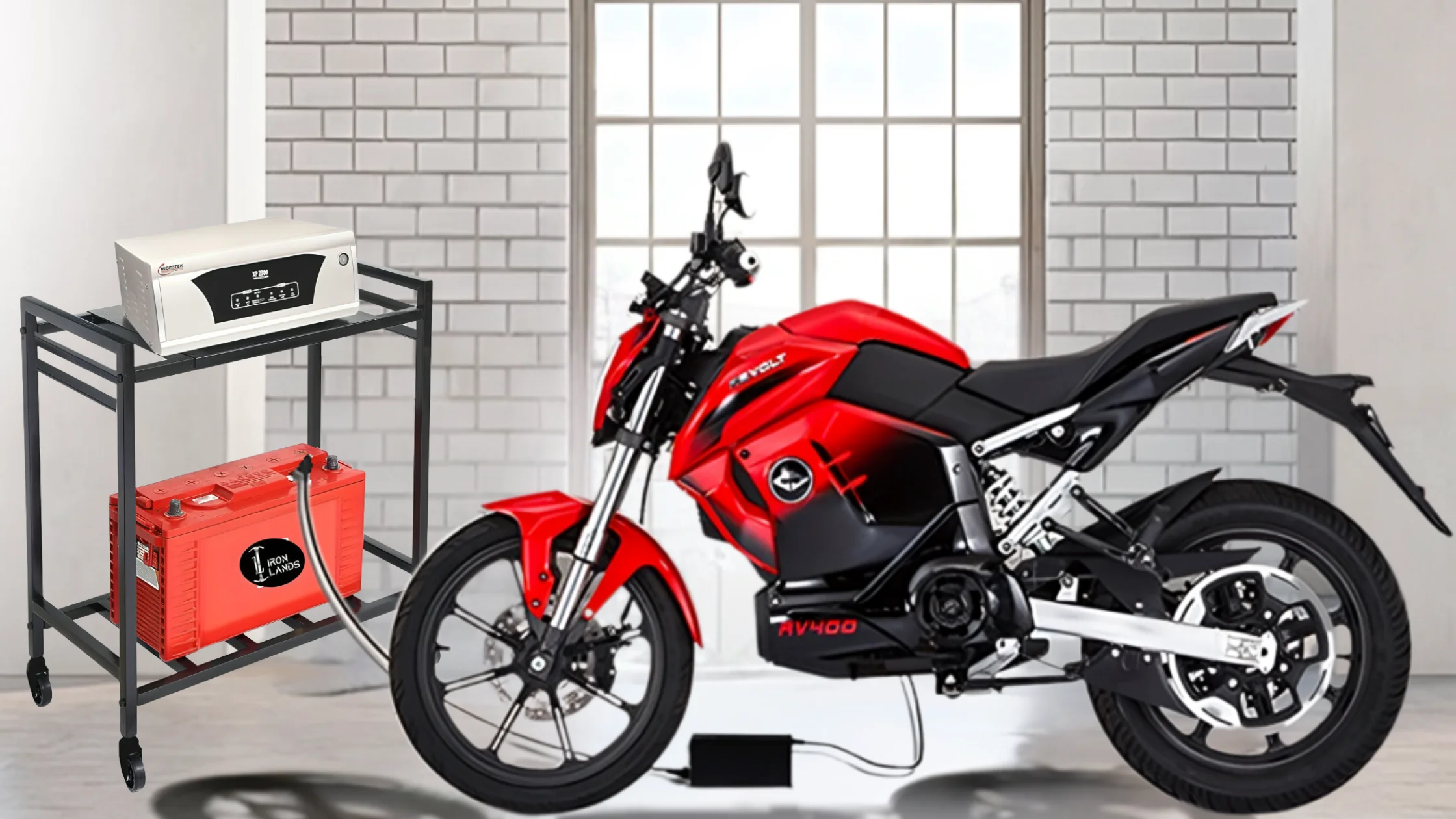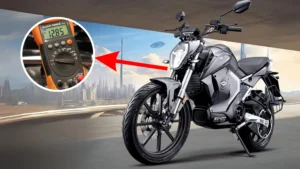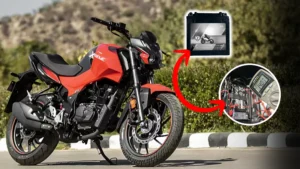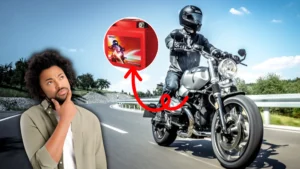Charging a bike battery with an inverter, it sounds very different but it could be a practical solution for many riders, especially during that time when you are in a hurry to go somewhere and there are no traditional charging methods unavailable. This article carefully explores the feasibility of using an inverter to charge bike batteries, the necessary precautions, and answers to frequently asked questions.
Understanding Inverters
An inverter is an electronic that has the capacity to converts direct current (DC) from a battery (like those in cars or bikes) into alternating current (AC) for household appliances. In the case of charging a bike battery, the inverter allows you to use a standard charger that requires AC power.
Can You Charge a Bike Battery with an Inverter?
Yes, you can charge a bike battery using an inverter, but there are important considerations:
- Type of Inverter: While charging a bike battery with an inverter, you should use a pure sine wave inverter rather than a modified sine wave inverter. Pure sine wave inverters have a smooth waveform that is similar the current that is being produced from wall outlet, the current that is being produced from this inverter is essential as it is helpful and charge the sensitive electronic devices like bike batteries. Whereas modified sine wave inverters have the potential to generate excess heat, due to which it could potentially damage the battery or charger.
- Power Requirements: It is essential to make sure that the inverter is able to supply sufficient power for your bike battery charger. Therefore, a 500 W inverter is can be used for charging as it has the potential to provide sufficient power and also it allows for some headroom.
- Battery Capacity: The battery should have the capacity to charge your bike, while using an inverter, amp-hour of the bike and also how much the inverter is producing has the ability to ensure that how long it will take to charge the battery full.
Steps to Charge a Bike Battery with an Inverter
- Connect the Inverter: The inverter is connected to a power source, such as a car battery or a portable power bank.
- Plug in the Charger: The bike battery charger is then connected to the inverter’s AC output.
- Monitor the Charging Process: It is essential to keep an eye on the charging process so that the charging process could completed without any hassle and also it will ensure everything operates smoothly. Check for any unusual heat or sounds from the inverter or charger.
- Safety Precautions: Safety precaution is very important, while in the process of charging the bike battery. Always follow safety guidelines, including ensuring proper ventilation and avoiding overloading the inverter.
Also Read: How to Charge Bike Battery at Home
Frequently Asked Questions
No, modified sine wave inverters are not recommended to charge as these inverters cause overheating and this could cause damage to the battery or charger. It is advisable to use pure sine wave inverter for safe charging.
The inverter should have the ability to provide at least 15% more power than your charger needs.
Charging time depends on the battery’s capacity and the charger’s output.
Conclusion
This article discusses the use of an inverter to charge a bike battery, highlighting its feasibility and potential benefits. Inverters convert direct current (DC) from batteries into alternating current (AC) for household appliances, making them suitable for charging bikes. However, it is crucial to use a pure sine wave inverter, as modified sine wave inverters can generate excess heat and damage the battery or charger. A 500 W inverter is recommended for charging, as it can provide sufficient power and headroom. The battery capacity should be considered, as well as the inverter’s output. The process involves connecting the inverter to a power source, plugging in the charger, monitoring the charging process, and following safety precautions. Modified sine wave inverters are not recommended for safe charging, and the inverter should provide at least 15% more power than the charger’s needs. The charging time depends on the battery’s capacity and the charger’s output.




